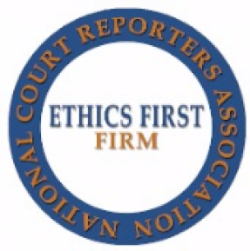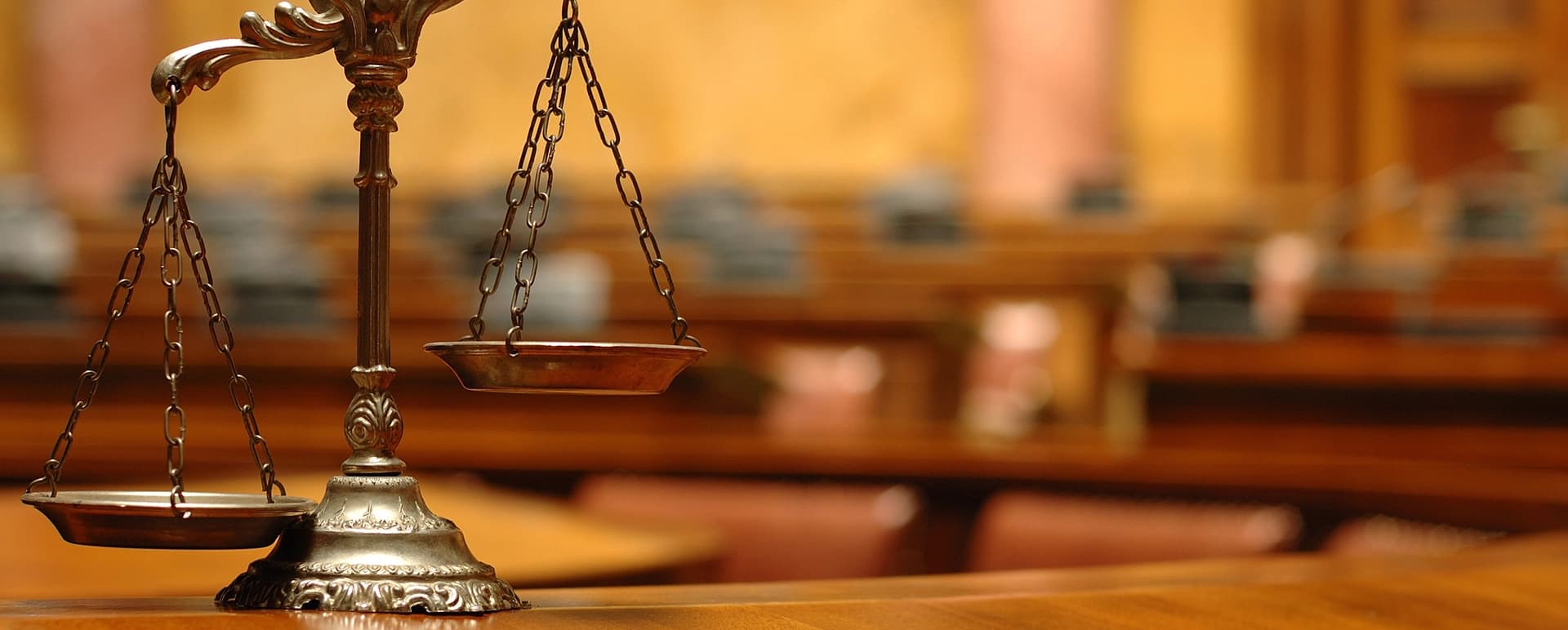Captivate the Jury: Crucial Elements of a Powerful Test Discussion
Vital aspects such as recognizing the audience, crafting an engaging narrative, and mastering verbal and non-verbal communication are vital components of an efficient discussion. As these aspects link, they form a cohesive strategy that not just informs yet likewise engages jurors on several levels.

Comprehending Your Target Market
Comprehending your audience is an essential facet of efficient trial discussion. A successful presentation depends upon the capability to comprehend the demographics, worths, and tendencies of jurors. This comprehension educates just how disagreements are mounted, proof is offered, and sob stories are crafted, making certain that the message reverberates with the jurors on an individual degree.
Study shows that jurors come from varied histories and might have differing degrees of understanding relating to legal proceedings. Additionally, understanding the jurors' prospective prejudices and life experiences allows the test presenter to prepare for objections and address concerns proactively.
Efficient test discussion also entails observing jurors' reactions throughout the procedures. Engaging with jurors as individuals rather than a cumulative system is crucial in promoting a solid connection in the court.

Crafting an Engaging Narrative
Crafting an engaging story is crucial in leading jurors via the intricacies of an instance. A well-structured narrative not only simplifies elaborate lawful ideas but additionally involves jurors on an emotional level, making the info much more relatable and unforgettable.
To accomplish this, attorneys ought to begin by identifying the core message they desire to communicate. This message needs to reverberate with the jurors' values and experiences, cultivating a connection that goes beyond mere realities. The story needs to unfold logically, offering events in a clear sequence to stay clear of confusion. This sequential approach can assist jurors comply with the development of occasions, highlighting domino effect.
Integrating human aspects-- such as personal stories or stories-- can better boost the narrative's influence. These elements evoke empathy, enabling jurors to imagine the repercussions of the situation on the real worlds. Additionally, employing a consistent motif throughout the discussion enhances the main disagreement, making it simpler for jurors to keep crucial points.
Inevitably, a compelling story changes a trial presentation from a simple address of realities into a persuasive story that captivates the court, motivating them to ponder with both reason and feeling.
Using Visual Aids
Incorporating aesthetic aids into a test discussion can substantially boost jurors' understanding and retention of information. Aesthetic materials such as graphes, layouts, pictures, and videos can change complex lawful concepts and evidence into conveniently digestible formats. By involving several detects, these help permit jurors to visualize the instance's essential elements, making it less complicated for them to comply with along and comprehend intricate information.
Moreover, properly designed aesthetic aids can emphasize critical points and emphasize relationships in between various pieces of proof. Timelines can efficiently show the sequence of events, while annotated pictures can make clear specific details relevant to the case. This not just aids in understanding yet additionally strengthens the narrative presented by the lawyer.
Overly complex or cluttered visuals may overwhelm jurors and take away from the message. Inevitably, efficient aesthetic interaction can be an effective tool in persuading jurors and assisting them reach educated final thoughts.
Understanding Verbal Interaction
Efficient spoken interaction is essential in a trial presentation, as it serves as the primary methods where lawyers communicate their debates and connect with jurors. Mastering this ability entails quality, persuasion, and involvement. Lawyers have to express their points plainly and concisely, avoiding lawful lingo that may confuse jurors. Simpleness in language promotes understanding and aids jurors understand complex concerns provided throughout the test.
Additionally, tone and pacing significantly effect just how messages are gotten. A certain tone communicates authority, while appropriate pacing permits jurors to soak up info without really feeling overwhelmed. Lawyers ought to also vary their singing inflections to emphasize key points and maintain jurors' interest throughout the discussion.
Additionally, the organization of verbal arguments is vital. Structuring the narrative realistically and coherently aids jurors follow the attorney's line browse around this site of reasoning, making it less complicated for them to preserve essential information. Utilizing influential techniques, such as narration, can additionally improve the psychological vibration of the disagreements offered, therefore producing an extra profound Home Page connection with jurors.
Eventually, mastering verbal interaction not just strengthens an attorney's situation yet additionally fosters trust and rapport with the court, dramatically enhancing the chances of a desirable verdict.

Engaging With Body Movement
Nonverbal communication plays a crucial duty in test presentations, frequently conveying messages that words alone can not reveal. Body movement, incorporating motions, posture, facial expressions, and eye contact, significantly influences just how jurors regard the integrity and sincerity of the presenter. A confident stance, with shoulders back and an open stance, can instill trust, while closed-off body language may recommend defensiveness or unpredictability.

Face expressions need to show the feelings related to the instance, enhancing the story being provided. A genuine expression throughout a touching minute can evoke empathy and strengthen the emotional charm. Eventually, grasping body movement is essential for effective trial presentations, as it improves spoken interaction and develops an engaging visibility that reverberates with the jury.
Conclusion
Finally, mesmerizing the court requires a critical strategy that incorporates recognizing he said the audience, crafting an engaging story, making use of visual aids, mastering spoken interaction, and involving via body language. Each component plays a vital duty in developing a powerful test discussion that resonates with jurors on both psychological and intellectual levels (trial presentation). By incorporating these parts effectively, lawyers can significantly boost their ability to encourage and influence court decision-making